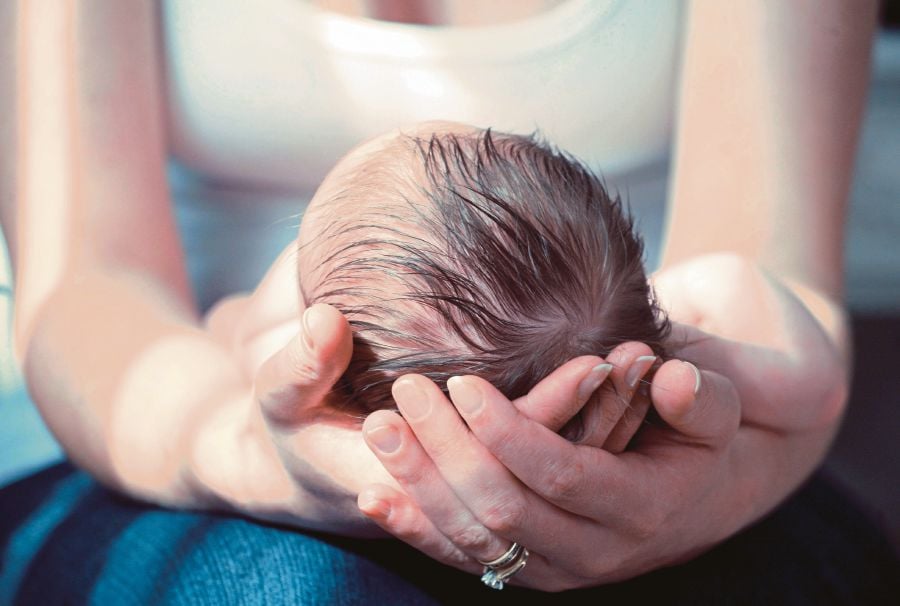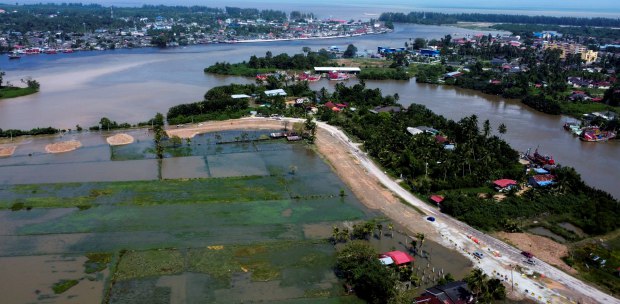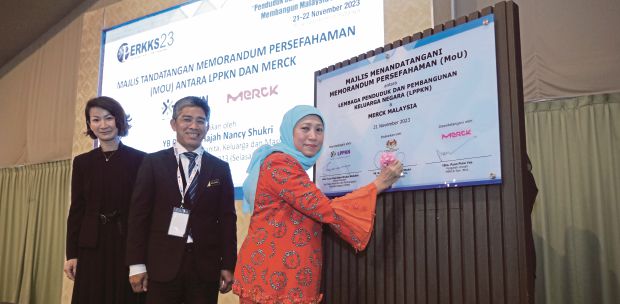KUALA LUMPUR: The fertility rate in Malaysia is continuing to decline — it is at 1.8 babies per woman, well below the replacement level of 2.1 babies — according to the latest figures released by the Department of Statistics.
In 2017, the rate was 1.9 babies per woman aged between 15 and 49. A replacement level of 2.1 babies will ensure that infants produced by a woman during her reproductive period is sufficient to replace herself and her partner.
The department’s chief statistician, Datuk Sri Dr Mohd Uzir Mahidin, said there was a 1.3 per cent drop in the number of live births recorded, from 508,685 live births in 2017 to 501,945 last year.
This year’s Vital Statistics, Malaysia report showed that Kuala Terengganu recorded the highest crude birth rate last year, with 30.5 per 1,000 population; while Bagan Datuk in Perak registered the lowest rate of 2.9.
The report will be used as the main input for the formulation of policies and planning of programmes in health, education, employment and others.
This decreasing trend is in tandem with developed countries like Australia (1.8 babies), the United Kingdom (1.8 babies), Canada (1.5 babies), Singapore (1.2 babies) and South Korea (1.1 babies).
Concurrent with the decline in birth rates, the average age of the mother at first birth has risen 0.1 years from 27.7 in 2017 to 27.8 last year.
In general, an increase in the average age of mothers at first birth gives an indication of a shorter reproductive period in women.
Last year, there were 259,582 (51.7 per cent) male babies born and 242,363 (48.3 per cent) female babies, at a ratio of 107 male per 100 female.
The names “Adam” for boys and “Ainul Mardhiah” for girls were the most popular for Malay babies last year.
For the Chinese, the names “Jia Jun” and “Yu Xuan” were the most popular for boys and girls respectively, while “Kavin” and “Janani” were the most popular names among the Indians.
As part of the government’s efforts to increase fertility, Finance Minister Lim Guan Eng announced during the 2020 Budget that couples looking to try in-vitro fertilisation (IVF) could withdraw from their Employees’ Provident Fund (EPF) for the procedure.
“The fertility rate in Malaysia has fallen alarmingly from 4.9 children per woman in the 1970s to 1.9 children per woman, which is below replacement level.
“Therefore, to assist couples seeking fertility treatment, EPF will introduce a new category of withdrawals, allowing for fertility treatment such as in-vitro fertilisation (IVF) procedure.”
Income tax relief of up to RM6,000 given on expenses incurred for medical treatment of serious illnesses will also be expanded to include expenses incurred on fertility treatment.
The Department of Statistics recorded 172,031 deaths in Malaysia last year, an increase of 2.3 per cent compared with 168,168 deaths in 2017.
The crude death rate remained at 5.3 per 1,000 population during the same period. Sabak Bernam, Selangor, recorded the highest crude death rate last year, with 8.4 per 1,000 people. Kinabatangan in Sabah recorded the lowest rate of 0.7.
Changes in the age structure of the population is among the contributing factor to the increase in the number and mortality rate in Malaysia.
Concurrent with the increase in the elderly population in Malaysia (65 years old and above), the mortality rate also shows a slight increase, but at a slower pace every year from 2011 to the present.





